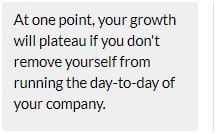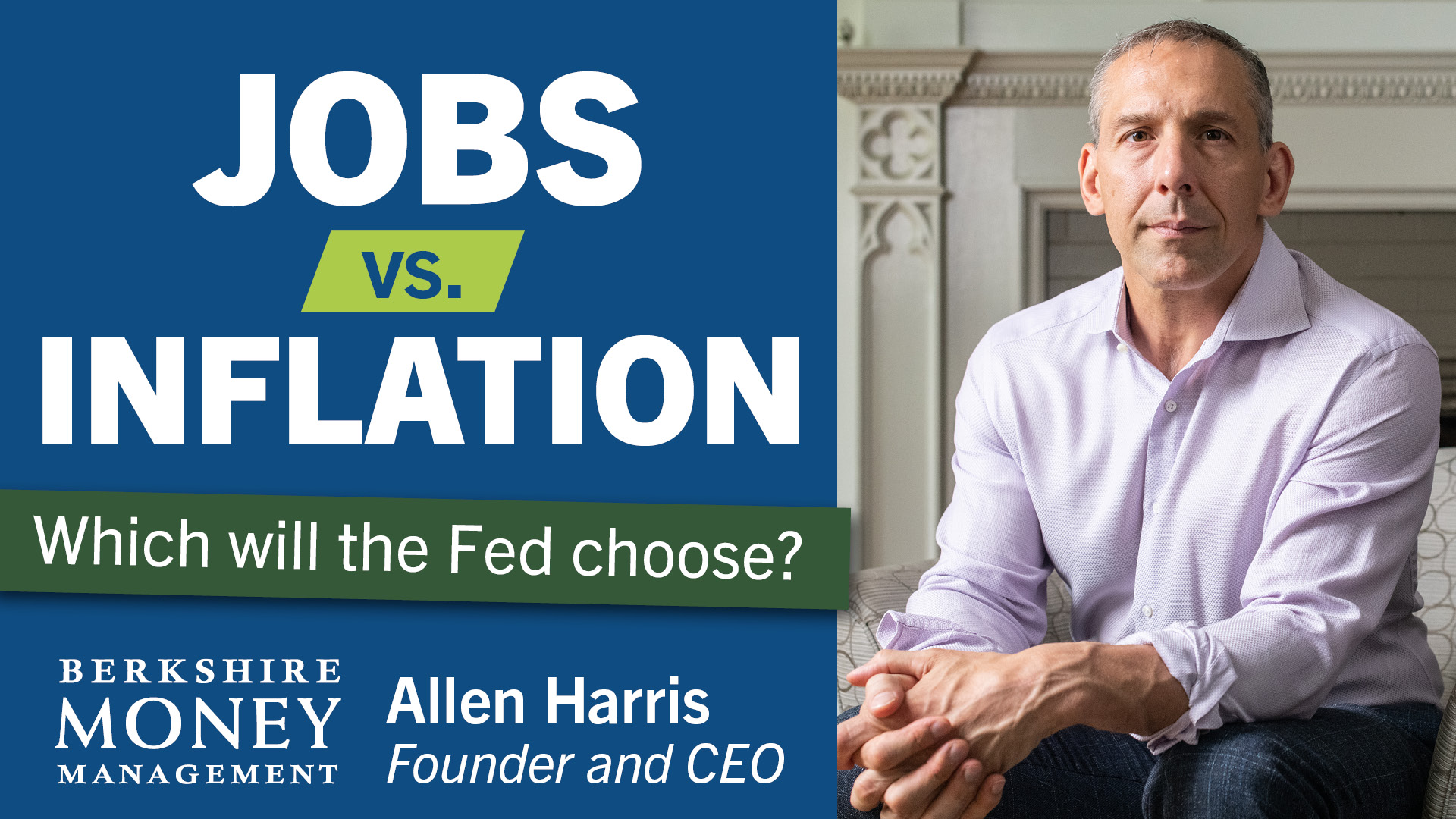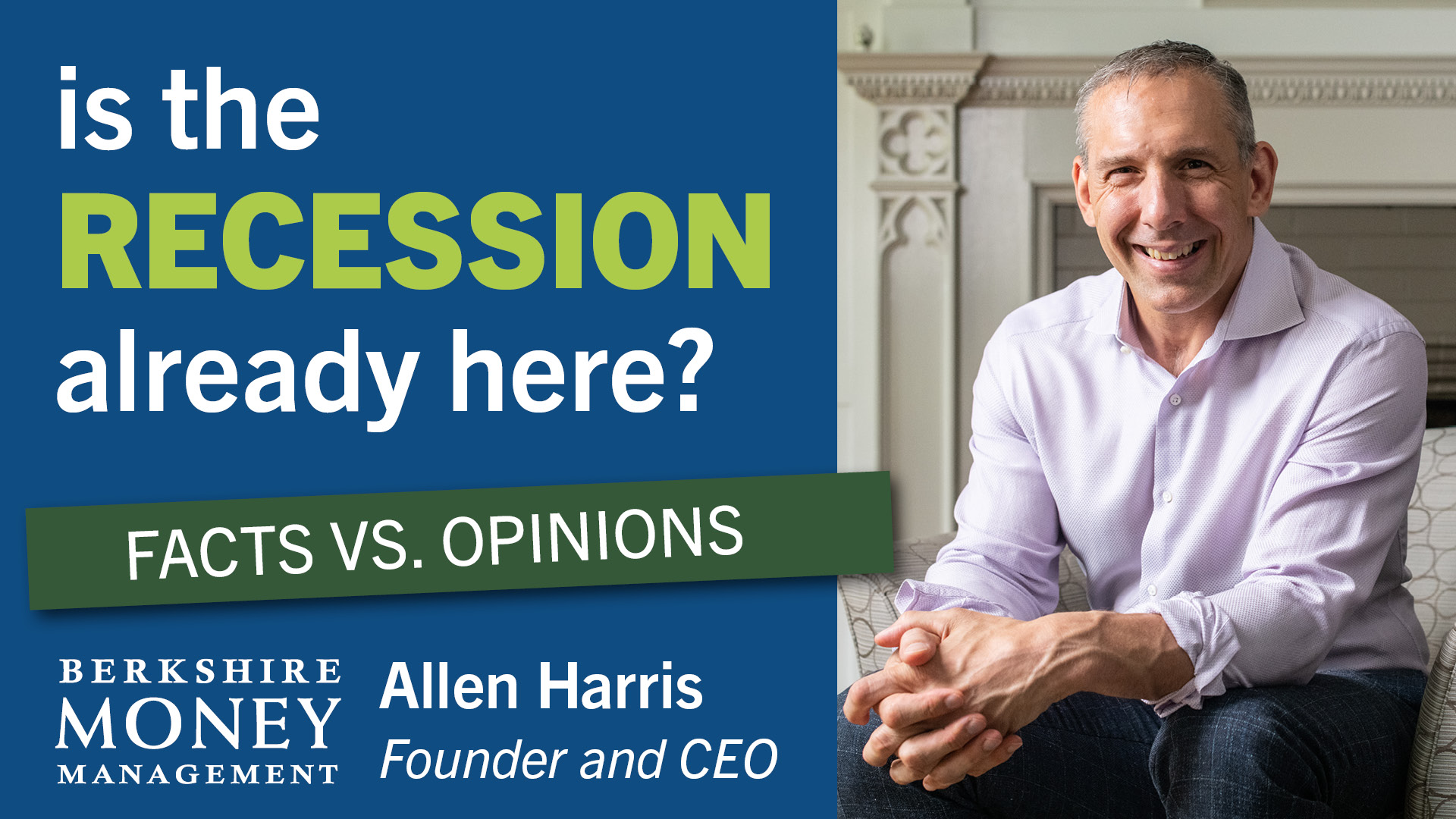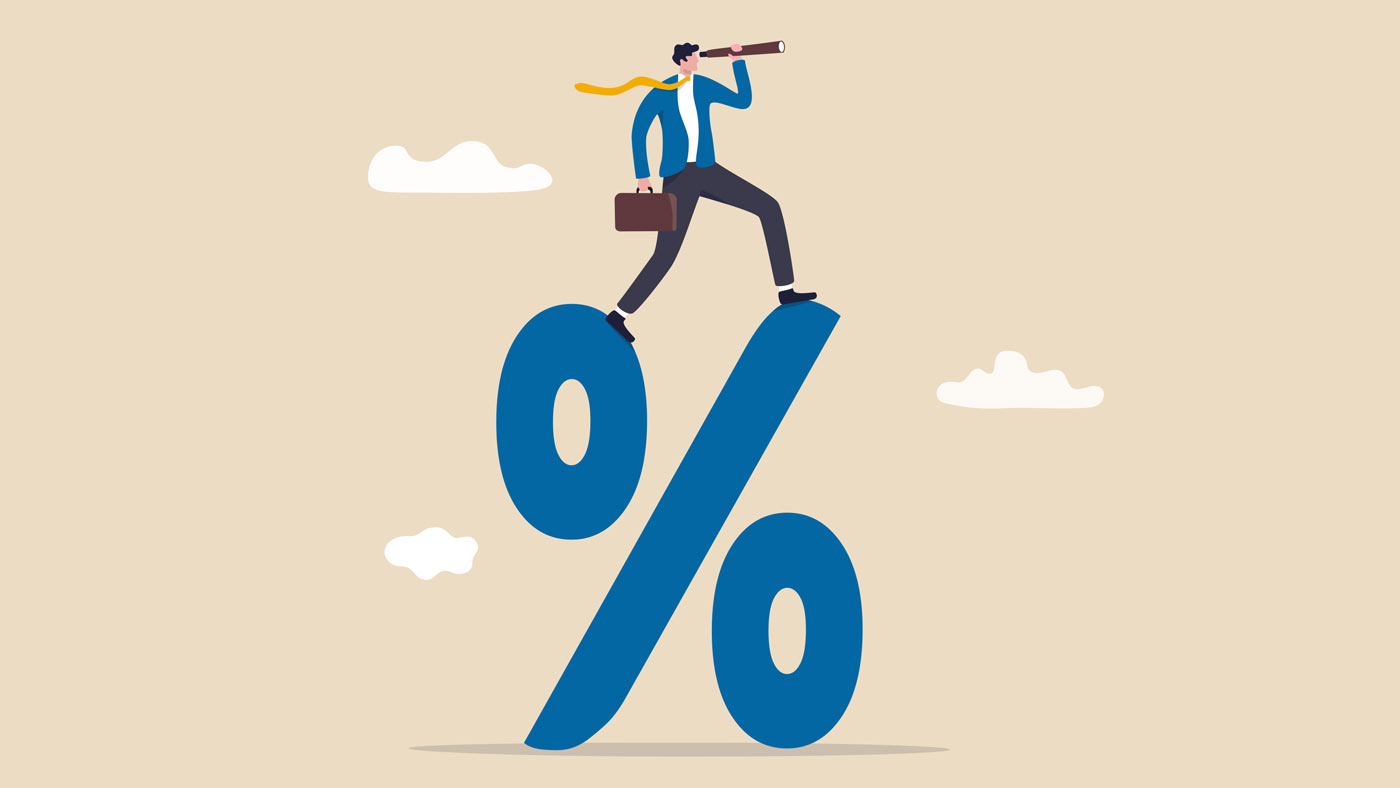Allen Harris | The Entrepreneur’s Paradox: Do You or Your Business Call the Shots?


I haven’t heard back from him yet.
Matt’s assumption was a fair representation of most small-business owners — that we are run ragged from morning to night. It’s ironic, really, since entrepreneurs have some things in common. We are risk-takers who are looking for freedom. Freedom over time, and freedom from other people telling us what to do and how to do it.
The paradox is that the more successful our businesses get, the more time entrepreneurs are seemingly required to devote to running these businesses.
It’s true for large companies as well as very-small-business owners running a lifestyle shop. For example, last year I tried to buy the business of a financial adviser in South County (let’s call her Shirley). Shirley’s business is a one-woman shop with one assistant. We ran a formal valuation of the firm, and it was worth half as much as she needed, so we didn’t make an offer.
The sale proceeds wouldn’t be enough to supplement the income she’d no longer have. In her late 60s, Shirley was comfortable with continuing to work. But there is no retirement plan there. She is stuck in her business because she can’t afford to sell it.
If you run your business like you are going to sell it, whether you intend to or not, having a sellable company allows you to scale it. Maybe you’re pulling in $300,0000 or $30 million in revenue; At one point, your growth will plateau if you don’t remove yourself from running the day-to-day of your company.
This happened to Bob, the owner of a North Adams SaaS company (Software as a Service). A SaaS company licenses software online via a subscription, as opposed to it being bought and installed on a computer.
Traditionally, SaaS companies are the epitome of scalable. Bob was the founder of the company, both writing some of the code as well as being the main salesperson. Bob found that he was unique in that he had the dual skill set of being a computer nerd as well as being charismatic enough to sell the service. That was important, because he was the only one who knew the industry subject matter so deeply, and was passionate enough about it, that he could successfully pitch it to prospective clients.
Bob was stuck in the owner’s trap, where he was the creator of the service, the only one effectively selling the service, and spending more time than anyone else maintaining the service. Customers felt they needed to interact with Bob, the person who knew the subject matter most intimately. Even with a scalable service, he didn’t have a scalable process, so business growth stalled out.
If this is happening to you, not only will it detract from your quality of life, but it will also minimize the value of your company. Having looked at the valuation of tens of thousands of businesses, we know that the average sale price is a 3.76 multiple of pretax profit. But when we look at the businesses where the owner works with each of their customers, the multiple drops to 2.92. For firms whose owners rarely get involved with a customer, the multiple increases to 4.54.
Bob was able to make changes that increased the value of his company, even before pretax profit ramped up.
Usually, what happens in situations like this is that we business owners assume the CEO position and teach people our repeatable, valuable responsibilities. And this breaks us out of that owner’s trap, allows us freedom of time, let’s us scale up, and break past that revenue plateau.
Bob took another route to get to the same place. Bob hired Susan, the CEO of two previous successful startups. Susan moved the company inside the 95-beltway of the Boston area to improve and upgrade access to programmers, bring in additional competent salespeople, and let Bob run the vision of the programming while she took charge of the growth and direction of the firm.
Bob is a real smart guy — smart enough to not only recognize that he needed help, but also smart enough to set his ego aside and let someone else lead. Be like Bob.
–––––––––––––
This article originally appeared in The Berkshire Eagle on September 30, 2019.
Allen Harris, the author of “Build It, Sell It, Profit — Taking Care of Business Today to Get Top Dollar When You Retire,” is a Certified Business Valuation Specialist, Certified Value Growth Adviser, and Certified Exit Planning Adviser for business owners. He is the owner of Berkshire Money Management (BMM) in Dalton. Harris’ forecasts and opinions are purely his own. None of the information presented here should be construed as an endorsement of BMM or a solicitation to become a client of BMM. Reach Harris at [email protected].
Allen is the CEO and Chief Investment Officer at Berkshire Money Management and the author of Don’t Run Out of Money in Retirement: How to Increase Income, Reduce Taxes, and Keep More of What is Yours. Over the years, he has helped hundreds of families achieve their “why” in good times and bad.
As a Certified Exit Planning Advisor, Certified Value Builder, Certified Value Growth Advisor, and Certified Business Valuation Specialist, Allen guides business owners through the process of growing and selling or transferring their established companies. Allen writes about business strategy in the Berkshire Eagle and at 10001hours.com.





